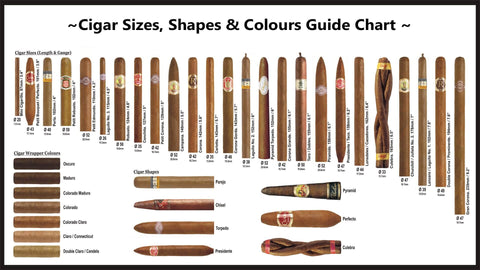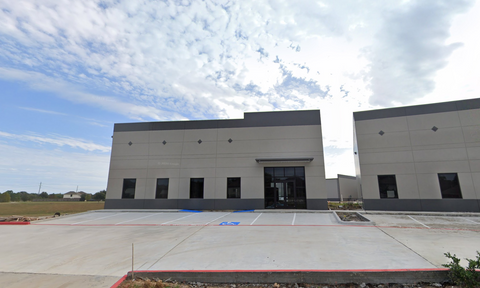Cigars come in a wide variety of sizes, shapes, and strength levels—and for beginners, this can be a bit overwhelming. What’s the difference between a Robusto and a Churchill? What does “ring gauge” mean? And how does the shape affect the smoking experience?
In this guide, we’ll walk you through the most common cigar types, their characteristics, and how each choice impacts flavor, draw, and burn time. By the end, you’ll have a much clearer understanding of how to pick the right cigar for your taste and occasion.
📏 Cigar Size: Length & Ring Gauge
Cigars are typically measured in two ways:
-
Length: Measured in inches or millimeters.
-
Ring Gauge: The diameter of the cigar, measured in 64ths of an inch. (e.g., a 50 ring gauge = 50/64 inch thick)
Contrary to popular belief, size doesn’t necessarily affect the strength of the cigar, but it does impact:
-
Smoking time: Longer, thicker cigars burn slower.
-
Flavor evolution: Bigger cigars allow more blending of different tobaccos.
📐 Popular Cigar Shapes (Vitolas)
There are two major categories of cigar shapes:
1. Parejos (Straight-Sided Cigars)
These are the most common cigars with a cylindrical shape.
-
Robusto: 5" x 50 – Short, bold, and a favorite among cigar lovers.
-
Corona: 5.5" x 42 – Classic shape, great for a quick yet flavorful smoke.
-
Churchill: 7" x 47 – Named after Winston Churchill; long and elegant.
-
Toro: 6" x 50 – A great balance of size, strength, and smoking time.
-
Panetela: Thin and long, offering a quick burn and sharp flavor.
2. Figurados (Shaped Cigars)
These cigars are irregularly shaped and often considered more luxurious.
-
Belicoso: Short with a tapered head; concentrated flavor and a bold draw.
-
Torpedo: Similar to a Belicoso but usually longer.
-
Perfecto: Bulged in the middle, closed on both ends.
-
Pyramid: Tapers to a sharp point at the head.
Figurados are often more expensive due to the extra skill required to roll them.
🌶️ Cigar Strength: Mild, Medium, or Full
Cigar “strength” refers to the nicotine content and intensity of the smoke—not just the flavor. The strength is influenced by the type of tobacco leaves, their priming (position on the plant), and how long they’ve been aged and fermented.
-
Mild: Smooth and subtle, ideal for beginners.
-
Medium: Balanced and complex—perfect for everyday smoking.
-
Full: Strong, bold, and intense; best for seasoned smokers.
Pro tip: Don’t confuse strength with body or flavor. A cigar can be mild in strength but still full of complex flavor.
🔄 How Size and Shape Affect Flavor
The wrapper leaf contributes up to 60–70% of a cigar’s flavor. Therefore, a thinner cigar (like a Lancero) has more wrapper-to-filler ratio, which intensifies the wrapper’s flavor.
A thicker cigar, on the other hand, allows more room for blending different tobaccos in the filler—resulting in richer, layered flavors that evolve over time.
🧠 How to Choose the Right Type for You
Ask yourself:
-
How much time do I have to smoke?
→ Robusto for short sessions, Churchill for longer experiences. -
Do I prefer strong or mild flavors?
→ Mild Coronas or intense Torpedoes will give you different flavor profiles. -
Am I smoking casually or for a special occasion?
→ Everyday smokes might be simpler Parejos, while special occasions call for elegant Figurados.
🎯 Conclusion
Understanding cigar types isn’t about memorizing every vitola—it’s about discovering what you enjoy. Each cigar offers a different journey, and experimenting with sizes, shapes, and strengths is part of the fun.
Whether you prefer a powerful Double Robusto or a smooth Petit Corona, there’s a perfect cigar for every palate and every moment.





